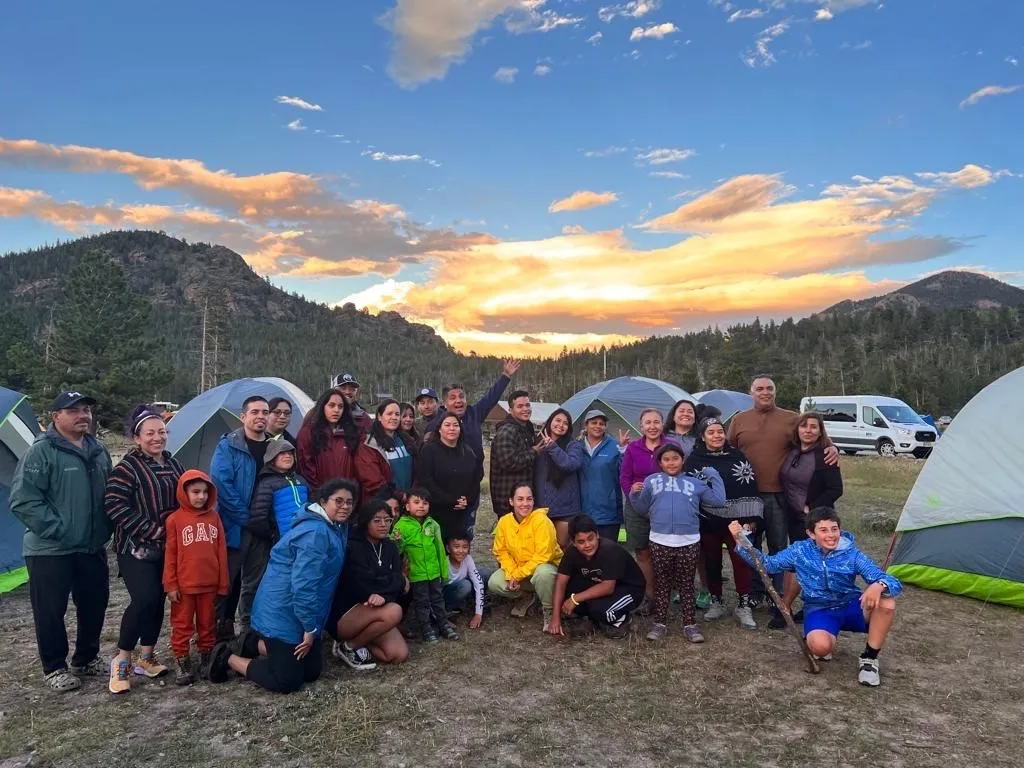Wood: Fate offered unwelcome end to year
It was not the close to 2021 that we had hoped to have.
The Marshall Fire, which engulfed more than 6,000 acres in Superior, Louisville and unincorporated Boulder County, brought back painful memories of the catastrophic floods of September 2013, when a 100-year flood caused $4 billion in damages, claiming nine lives and almost 2,000 homes.
The floods traumatized two dozen Colorado counties, including Boulder County, the site of this most-recent disaster.
SPONSORED CONTENT
Throughout 2021, Colorado residents lived in trepidation, fearful that extremely dry conditions would produce a repeat of the devastating fires of 2020, a year in which the state experienced the three worst wildfires in its history by acreage.
The Cameron Peak Fire west of Fort Collins burned 208,913 acres, topping the dubious ranking, followed by the East Troublesome Fire in Grand and Larimer counties at 193,812 acres, and the Pine Gulch Fire north of Grand Junction, at 139,007 acres.
Boulder County, too, experienced the largest wildfire in its history in 2020, the Calwood Fire, at 10,106 acres.
So, as dryness turned to extreme drought conditions across large swathes of the state in 2021, many were ready to breathe a sigh of relief that we were concluding the year without a major wildfire.
Little did we expect that not only would a wildfire erupt in the waning days of 2021 but that it would whip through the urban corridor, damaging or destroying more than 1,100 structures, claiming a still-undetermined number of lives.
The fire was fed by high winds, with one gust of 115 mph recorded near Rocky Flats. So rapid was the fire’s spread that Colorado Gov. Jared Polis said it was moving the length of football fields in seconds.
Many businesses were devastated. The Boulder County Sheriff reported that eight businesses at 1116 W. Dillon Road in Louisville were destroyed. The La Quinta Inn at 902 W. Dillon Road was damaged.
In Superior, the Element Hotel at 1 S. Marshall Road was destroyed, with a wide array of businesses damaged, including Superior Marketplace, Chuck E. Cheese, Target, Whole Foods, Office Max, PetsMart, Bank of the West, a Conoco gas station, Tesla and Mishaki.
Superior’s Town Hall also was damaged. Avista Adventist Hospital and Centennial Peaks Hospital evacuated.
The fire raged through the oldest part of Superior, known as Original Town, wiping out structures that had stood for generations, with numerous families losing multiple homes.
Superior mayor Clint Folsom was skiing in Breckenridge when he began receiving texts about the fire. He quickly returned to the town, dealing not only with broader issues of public safety but also personal loss.
His mother’s home in Original Town was destroyed, as were two homes owned by his sister-in-law and her husband. Folsom’s home in Rock Creek survived.
“The wind was the biggest factor,” he said in an interview with BizWest. “This was a wind-driven inferno. There really wasn’t any fighting of the fires during that wind. It was just more of just controlling, doing the best to kind of keep people safe and control it as much as they could.”
Folsom said Original Town “is mostly gone. There are maybe a dozen structures still left there. Some of them, you look at, and ask, how did that survive when all of these other structures burned up?”
At this writing, a week has passed since the fires began, with the cause still under investigation. Two people remained missing, and human remains were found Wednesday, Jan. 5. A final estimate of the fire’s cost has not yet been determined.
Cleanup will take months. Rebuilding will take years. And, as with the floods of 2013 and the fires of 2020, emotional and physical scars will remain.
But there is reason for hope. As with earlier disasters, generosity permeates the region, with nonprofits, businesses, individuals and governments stepping up to help those in need. One such effort is being led by the Community Foundation Boulder County, where a Wildfire Fund raised more than $12 million as of Jan. 4. Donations can be made to https://www.commfound.org/grants/get-grant/Boulder-County-Wildfire-Fund.
Christopher Wood can be reached at 303-630-1942 or cwood@bizwest.com.
It was not the close to 2021 that we had hoped to have.
The Marshall Fire, which engulfed more than 6,000 acres in Superior, Louisville and unincorporated Boulder County, brought back painful memories of the catastrophic floods of September 2013, when a 100-year flood caused $4 billion in damages, claiming nine lives and almost 2,000 homes.
The floods traumatized two dozen Colorado counties, including Boulder County, the site of this most-recent disaster.
Throughout 2021, Colorado residents lived in trepidation, fearful that extremely dry conditions would produce a repeat of the devastating fires of 2020, a year in which the state experienced the three…


